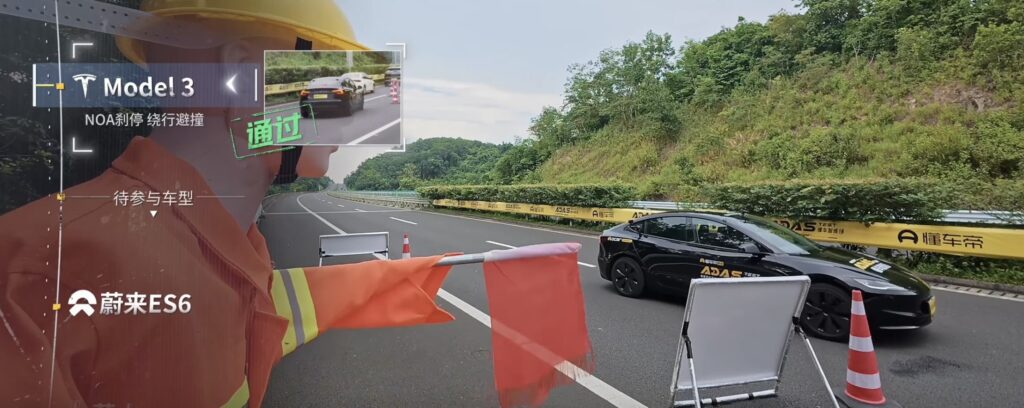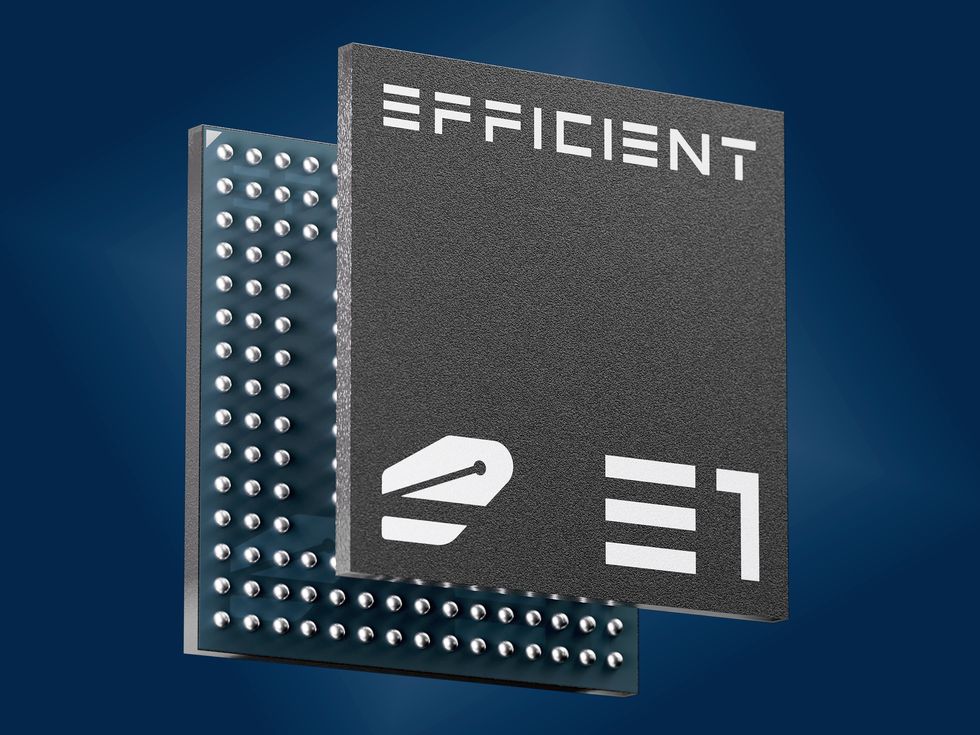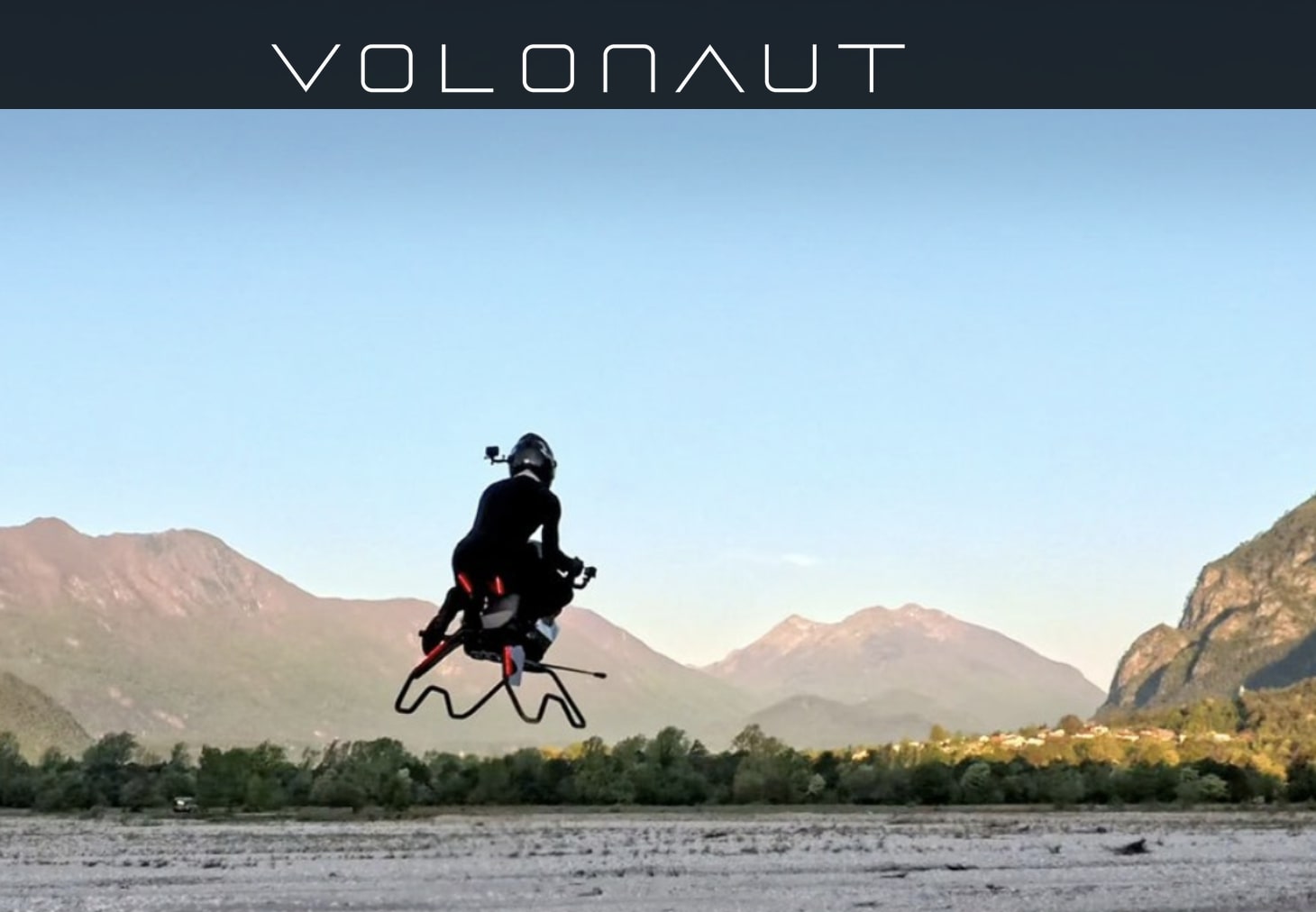Now Reading: Tesla FSD Emerges as Safest Driving System in China: Tests
-
01
Tesla FSD Emerges as Safest Driving System in China: Tests
Tesla FSD Emerges as Safest Driving System in China: Tests

Quick Summary
- Test Overview: Chinese media conducted comprehensive testing of Advanced Driver Assistance systems (ADAS) and Full-Self Driving Systems (FSD) across scenarios like highways,night driving,sudden steering by lead vehicles,construction zones,and encountering darting animals.
- Tesla Performance: Tesla’s vision-based system significantly outperformed competitors. Both the Tesla Model 3 and Model Y passed 5 out of 6 tests.
- Industry Insight:
– out of 34 other ADAS systems tested (including vehicles from Huawei, Xiaomi, and customary manufacturers), only six systems passed at least half the tests.
– Scenarios such as boar darting across the highway and aggressive merging posed challenges for almost all systems.
– Many China-branded systems could pass only one or none of the tests; LiDAR-inclusive setups ofen lagged behind Tesla’s vision-based approach.
- Performance Rankings:
– top Performers: Tesla led wiht Models 3 & Y achieving 5/6 success rates; Avita12 among Chinese brands scored a modest 3/6.
– Low Performers: Several leading names like BMW, BYD Han EVs failed all test parameters entirely.!Image from Testing
Indian Opinion Analysis
The testing results underscore a clear technological gap between Tesla’s ADAS/FSD capabilities and those offered by major Chinese brands attempting to leverage LiDAR technology. For India-where urban driving conditions remain chaotic-such findings hold crucial meaning as safety remains an ongoing challenge in autonomous vehicle adoption.
Tesla’s superior vision-based approach highlights one potential path forward in addressing dynamic road conditions effectively. Meanwhile, local startups or automotive initiatives aiming to innovate in this sector might be inspired but also challenged by these findings due to global competition. Importantly though advancements are neutral skill metrics rather localized road adaption develop-worthy .
Finally customers also embrace beyond-tech mere *Tesla symbolic dominance movers transition legacy upgradations strategic..

























